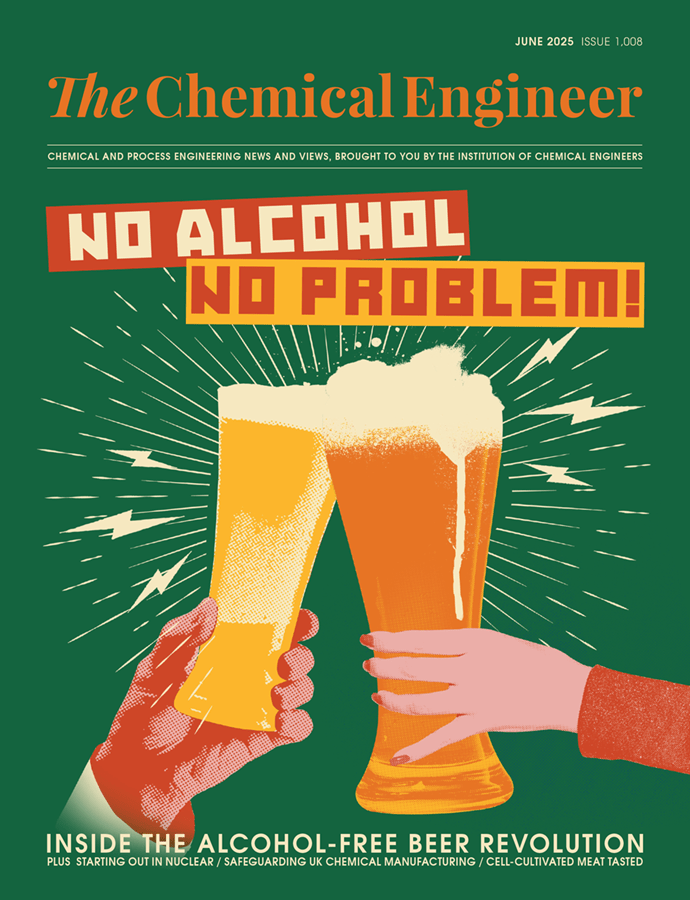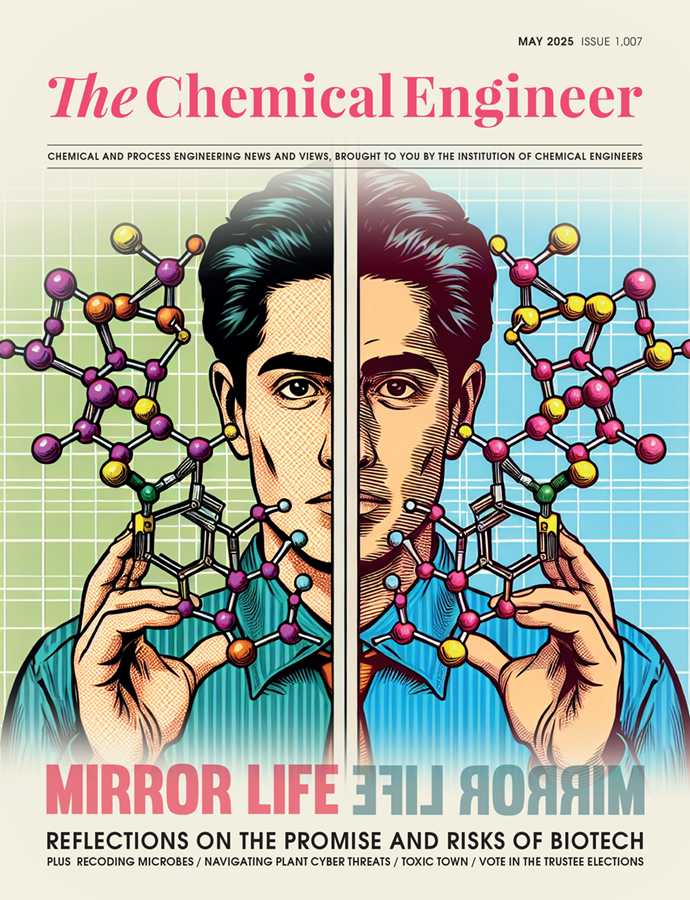Phosphate Rocks Chapter 16: Rail Tanker Derailment

The Leith factory was too small to have its own ammonia synthesis plant, so every day six pressurised rail tankers containing anhydrous ammonia travelled 150 miles from ICI Billingham on the busy east coast railway linking London with Inverness.
On arrival the pressurised liquid was transferred into one of three huge spherical storage tanks, kept refrigerated and under pressure, with enough storage capacity for a few days’ production.
Before offloading the rail tankers into the spheres, John would always check there was enough room. He didn’t trust the instruments: he preferred to lower the temperature so he could see for himself. If the liquid inside the sphere was below zero degrees centigrade, a thin layer of ice formed on the outside. The visible level of ice mirrored the invisible level of liquid ammonia inside.
The rail tankers were not refrigerated, so they had to be built to withstand a much higher pressure than the storage tanks. In strong sunshine, even in Scotland, the temperature on the metal surface of the rail tankers could reach thirty degrees centigrade, so the pressure could rise to twelve times atmospheric pressure.
John was on shift when the call came from British Rail. One of the ammonia rail tankers had derailed. They needed the company’s permission to lift it back onto the tracks.
No.
John told them firmly and clearly not to touch the tanker. Someone from the company would supervise. He took full details and promised to dispatch a team immediately.
In the gatehouse Blind Willy was ready with his sheet of Braille. The emergency protocol initiated, within a few minutes police, fire, chemical emergency specialists and a head office engineer were on their way to the scene. The operators took note of stocks and started to turn down the production rates. A derailed tanker meant a prolonged slowdown. No further shipments of ammonia would be made until the root cause was established and fixed.
When John arrived at the scene of the accident the rail tanker was still intact, but four wheels of the bogie had jumped the rail, causing the tanker barrel to tilt at an alarming angle. John wasn’t taking any chances. By the time the rest of the team arrived, all trains had been diverted, the access road sealed off, and the occupants of two houses nearby temporarily evacuated. A road tanker was brought up and close-coupled, a water curtain set up. The ammonia was transferred from the rail to the road tanker. Huge slings were wrapped round the belly of the stricken container. Once it was empty and secure, it was decoupled and lifted with a crane onto a flatbed lorry.
Meanwhile the wheel tapper inspected the other bogies. With a large iron hammer, he struck each of the wheels in turn and listened to the ring. The slightest imperfection, a hairline crack would be enough to dull the sound. They all rang true. The head office engineer carried out a final inspection of each wagon in minute detail and finally gave the go-ahead to close the incident and move the convoy to the factory.
The press arrived looking for a story just as the train was moving out. A reporter from the Evening Times spotted the high hazard labels on the rail cars. In the days before the internet, he had to call the company emergency number for information. A highly trained communications professional reassured him that there was absolutely no danger to the public.
The intrepid reporter waited until after normal office hours before phoning the factory pretending to be from the rail safety team. A young engineer, not long out of university, was the last to leave the office block that day. She was preparing to turn off the lights and lock up when the phone rang. The gravelly voice of Alec, the gateman, informed her that British Rail wanted to speak to someone who knew about chemistry. Was there anyone still there? She informed him that she was perfectly capable of handling technical queries. He snorted and put the call through.
Recent Editions
Catch up on the latest news, views and jobs from The Chemical Engineer. Below are the four latest issues. View a wider selection of the archive from within the Magazine section of this site.




